Why are the ash trees dying?
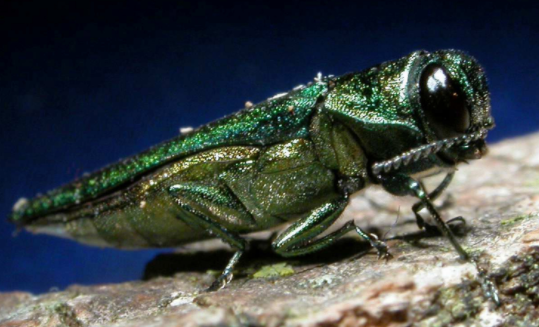 In 2015 the invasive Emerald Ash Borer (EAB) beetle made its way to Harrisonburg. The EAB was first detected in Michigan in 2002. Since then they have killed hundreds of millions of ash trees as they migrated toward the East coast. The EAB beetle causes little damage to the tree, it just dines on the leaves. It is the larvae that cause the damage. They feed on the inner bark of the tree inhibiting the tree from getting the water and nutrients it needs to survive. More than 600 ash trees have (or will be in the next year) removed from Westover Park alone. Have you noticed increased woodpecker activity? That may be a sign of EAB larvae.
In 2015 the invasive Emerald Ash Borer (EAB) beetle made its way to Harrisonburg. The EAB was first detected in Michigan in 2002. Since then they have killed hundreds of millions of ash trees as they migrated toward the East coast. The EAB beetle causes little damage to the tree, it just dines on the leaves. It is the larvae that cause the damage. They feed on the inner bark of the tree inhibiting the tree from getting the water and nutrients it needs to survive. More than 600 ash trees have (or will be in the next year) removed from Westover Park alone. Have you noticed increased woodpecker activity? That may be a sign of EAB larvae.
What is being done to protect the remaining ash trees?
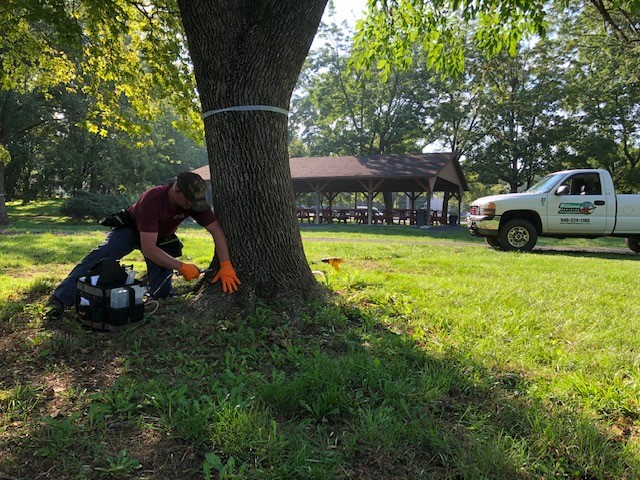
The Virginia Department of Forestry is working diligently on ways to preserve the ash trees from extinction. One way is through the VDOF Cost-Share Program. “The goal of the VDOF’s ash treatment cost-share program is to encourage landowners, organizations, and municipalities to chemically protect specimen ash trees to safeguard a core surviving population of ash from the damage caused by the emerald ash borer. Any native ash tree measuring 12 inches or larger in diameter and displaying 30 percent or less crown dieback qualify for treatment via injection of an emamectin benzoate product. Participants are reimbursed 50 percent of the direct costs of treatment, up to $1,250 for individual landowners, and up to $5,000 for organizations.”
Harrisonburg has been fortunate to be able to partner with VDOF since 2018 to treat 36 ash trees in 2018 and 32 ash trees in 2020. These 32 trees will be reevaluated in 2022 to determine if further treatment is needed.
Do you have an ash tree that might be able to be saved? Contact VDOF for information on their cost-share program.
What is being done with all the ash trees that have been taken down?
We have a program to upcycle the felled trees. Public Works partners with those interested to recover wood products from fallen or removed trees so that wood can be reused in creative and useful ways, keeping it from going into landfills. These efforts are in collaboration with the Virginia Urban Wood Group and the Virginia Department of Forestry. Harrisonburg Public Works has been proactive in the removal of the dead or hazardous dying trees and making the wood available to the public for purchase through the City’s Public Surplus Website. Even though the trees may be on the brink of extinction, we are working to keep the wood alive while also boosting the local economy.
How is Harrisonburg Ash getting a new life?
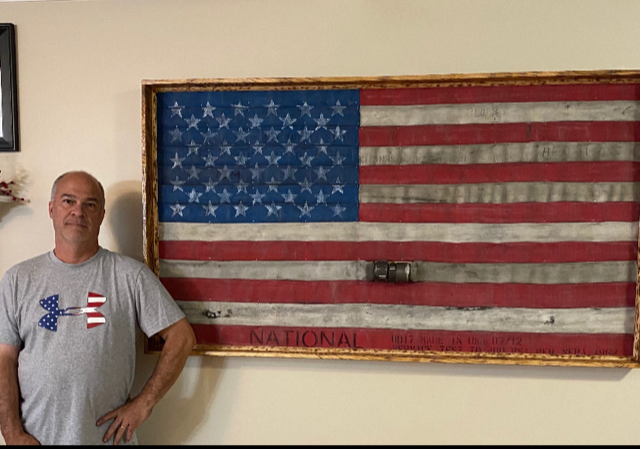
Woodworkers in our community have gotten creative in their use of this hardwood.
Two City staff members working with local company Willow Run Custom Lumber, recently took an ash tree that was removed from Westover Park and turned it into a life-long tribute to the service of Harrisonburg Fire Department Master Firefighter BJ Clark. HFD Lt. Jeremey Holland transformed ash lumber into a shadow box to present an American flag created out of a fire hose. The shadow box was presented to Clark in honor of his 30 years of dedication to fire service. “As much as I was saddened to retire, I truly appreciate that a part of the City will remain with me,” Clark said. And that’s a big goal of the program that provided the wood. “Anytime we can take a tree that was lost for unfortunate reasons, and give it a new purpose as opposed to it going to waste – that’s what the Harrisonburg Urban Wood Utilization Program is all about,” Jeremy Harold, Harrisonburg’s green space manager, said.
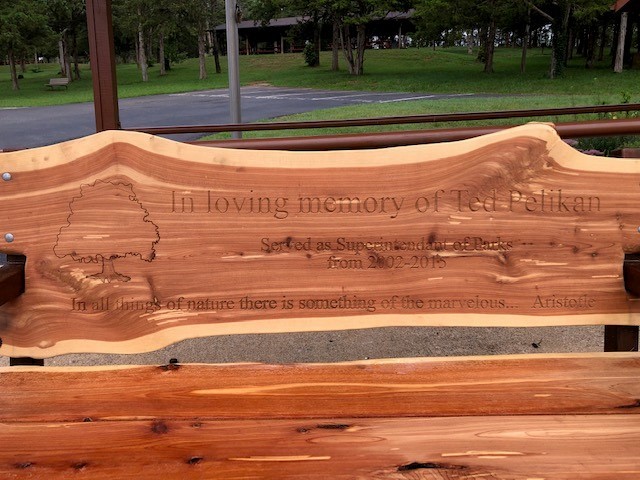
Mr. Pelikan served as Parks Superintendent from 2002-2015. This was a collaborative effort between the Pelikan family, Brad Wrobleski (KnochedVA), and Lynn Hoy, Senior Program Coordinator. The cedar bench was made from local wood and dedicated to the family at the Price Rotary Senior Center on August 10.
Sage Bird Cidery and Magpie Dinner have Westover Park Ash featured as part of their interior design. Sage Bird has an ash counter selected and finished by owner Zach Carlson that allows you to sit at the floor to ceiling windows in the front of the Cidery and watch the scenery. You can even see Magpie Dinner across the street, where you can a delicious meal at one of 18 ash tables created for owner Kirsten Moore by Rocktown Urban Wood. Brad Wroblewski of KnochedVA shares, “I have noticed of late more interest in ash from our customers. This interest includes local folks living here in the Shenandoah Valley, to customers as far away as Philadelphia. I believe people in woodworking are hearing more about the destruction caused by the EAB and the inevitable loss of the ash trees. Knowing that something may be going extinct intrigues people and in turn, they want to preserve and save some part of the history of the trees through their work.”
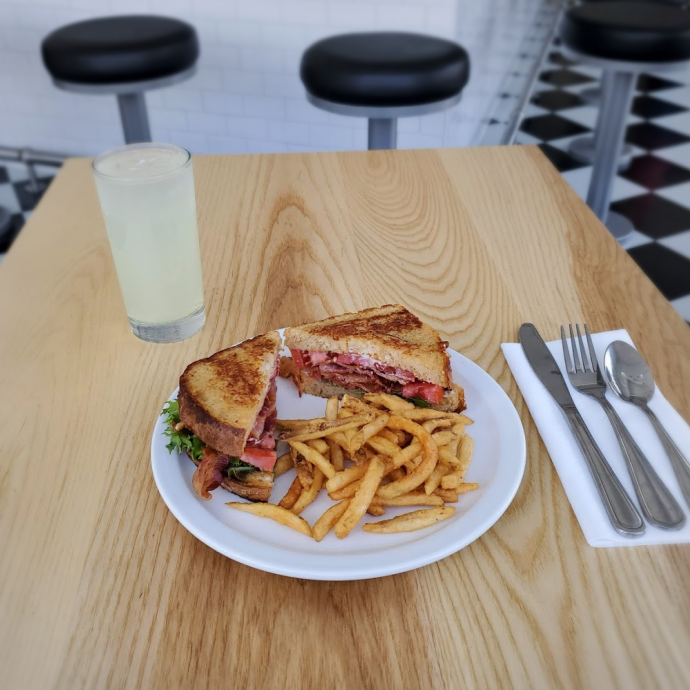
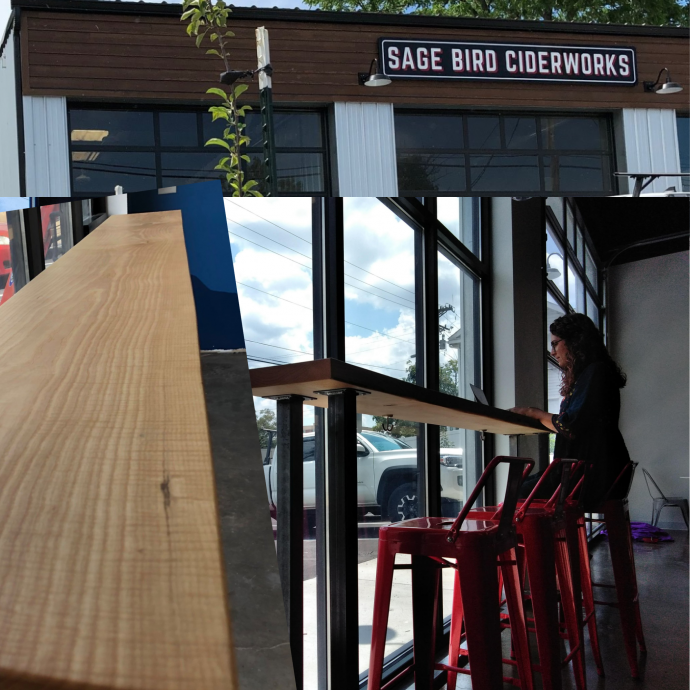
Learn more about the Urban Forestry Program




